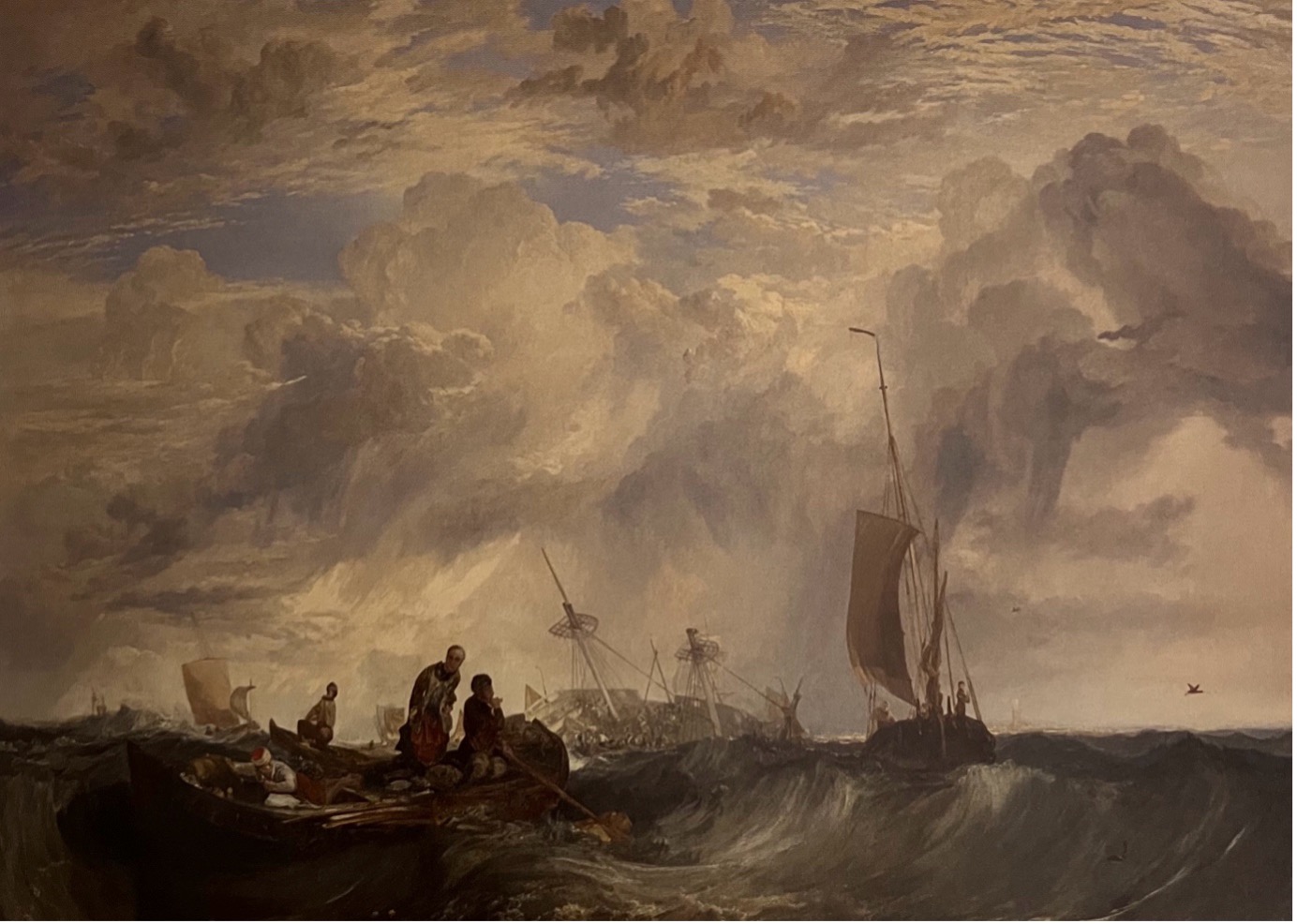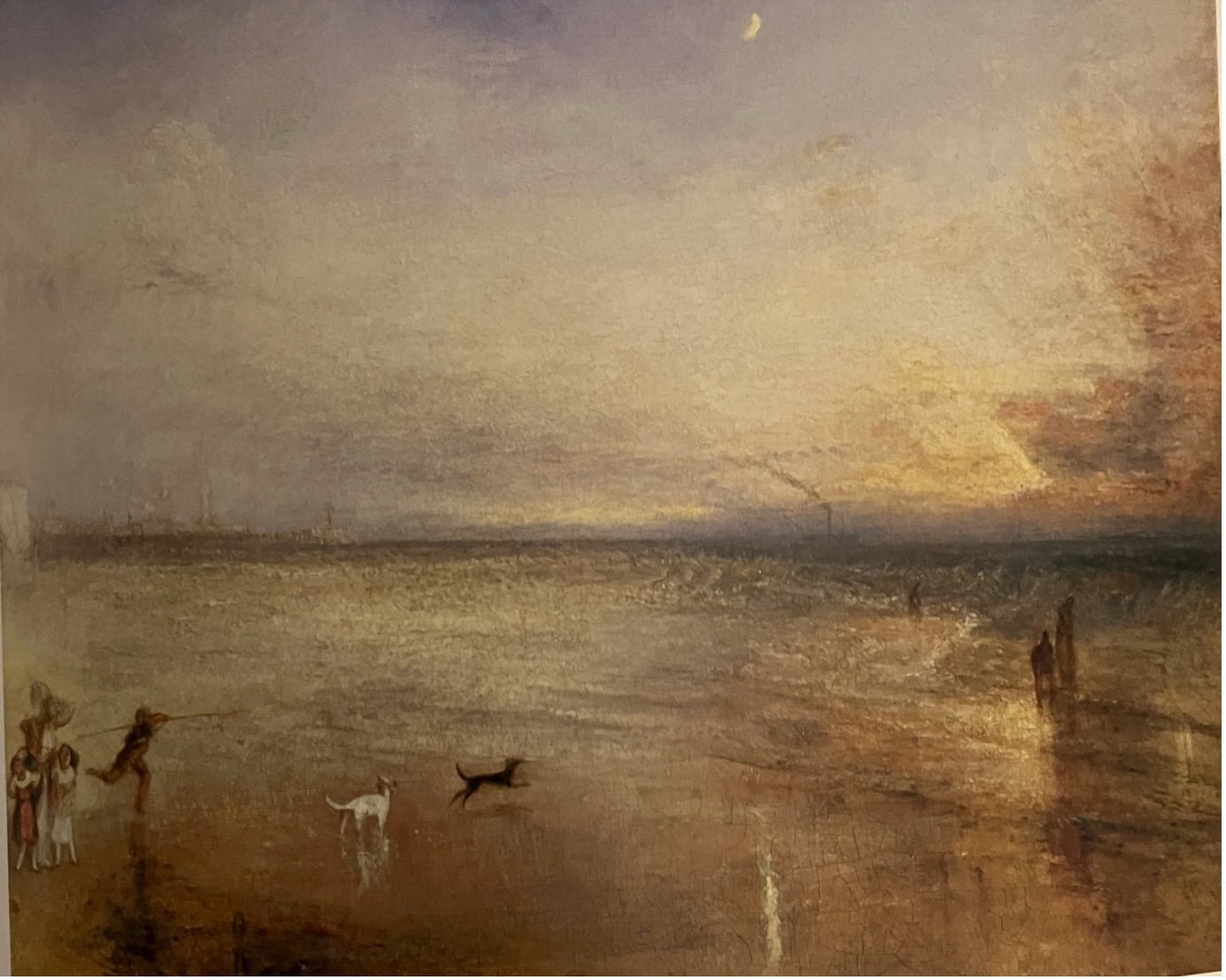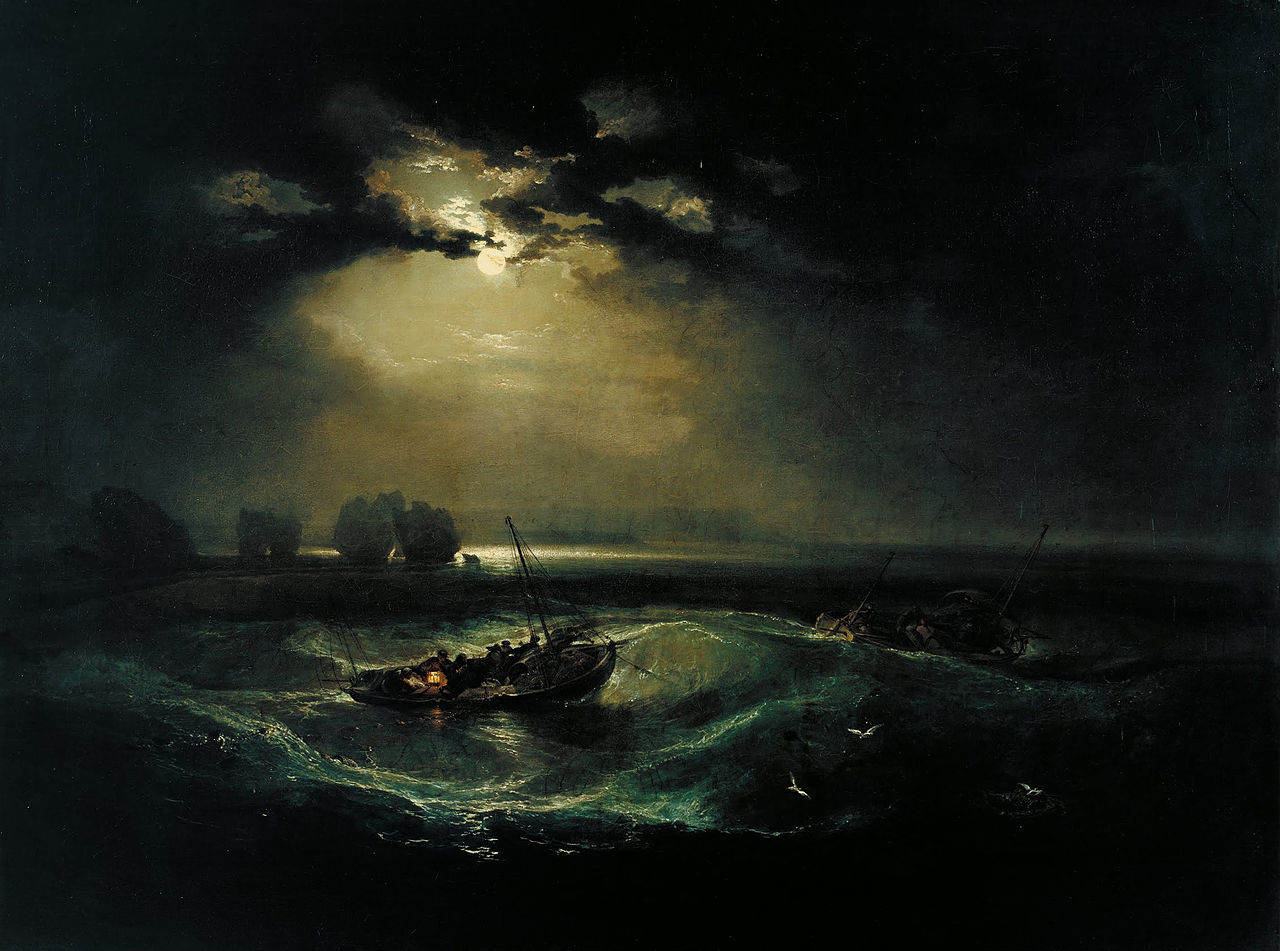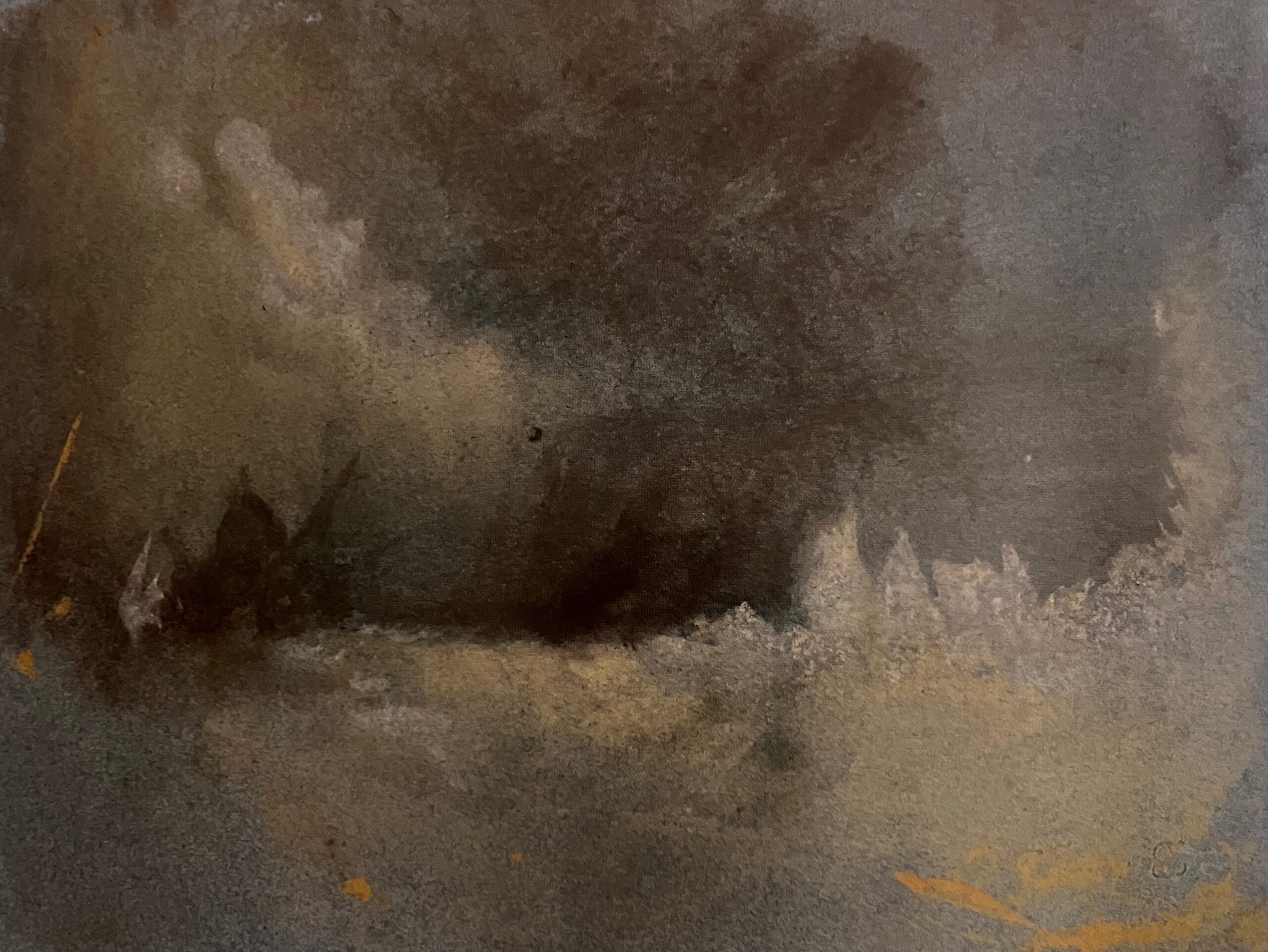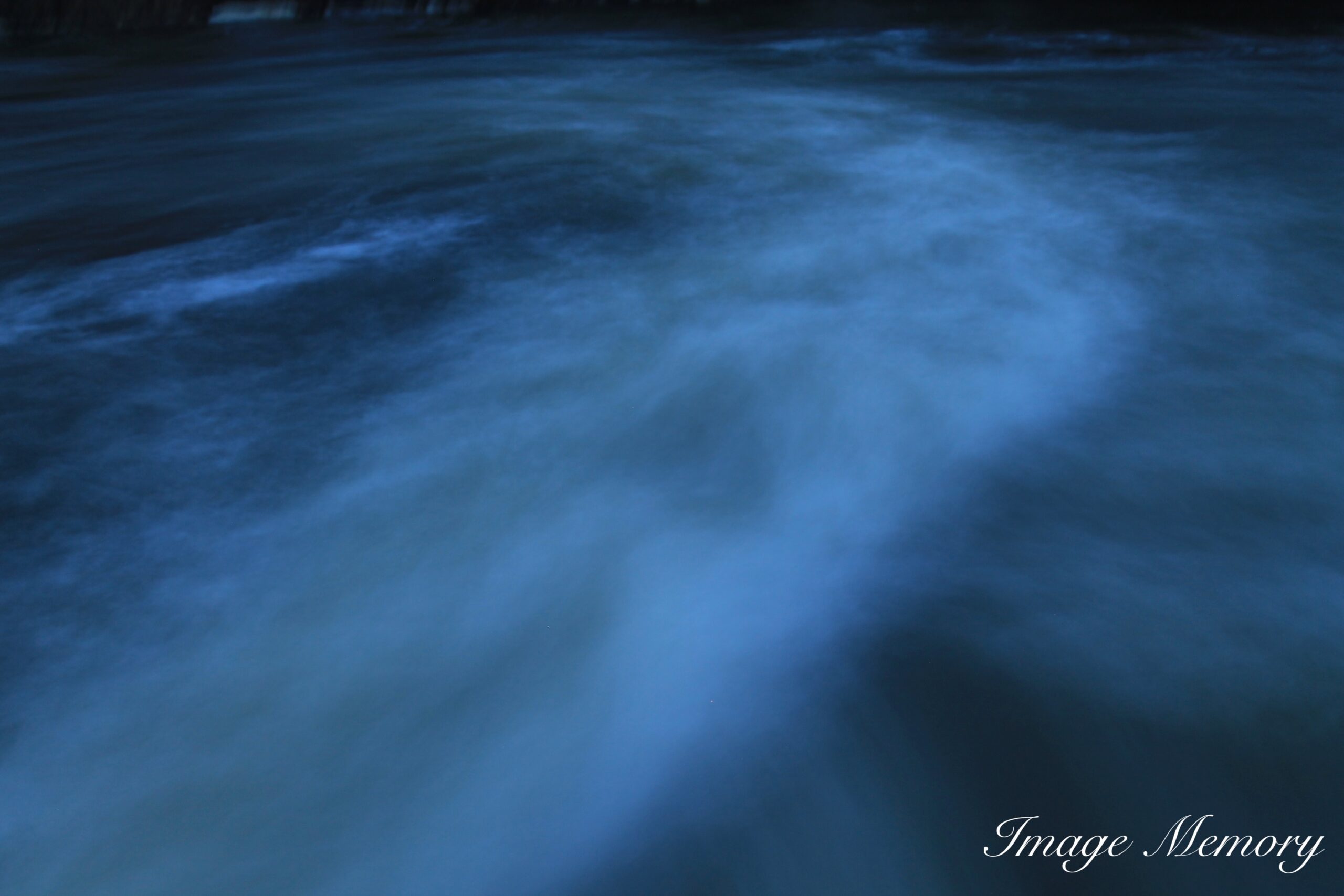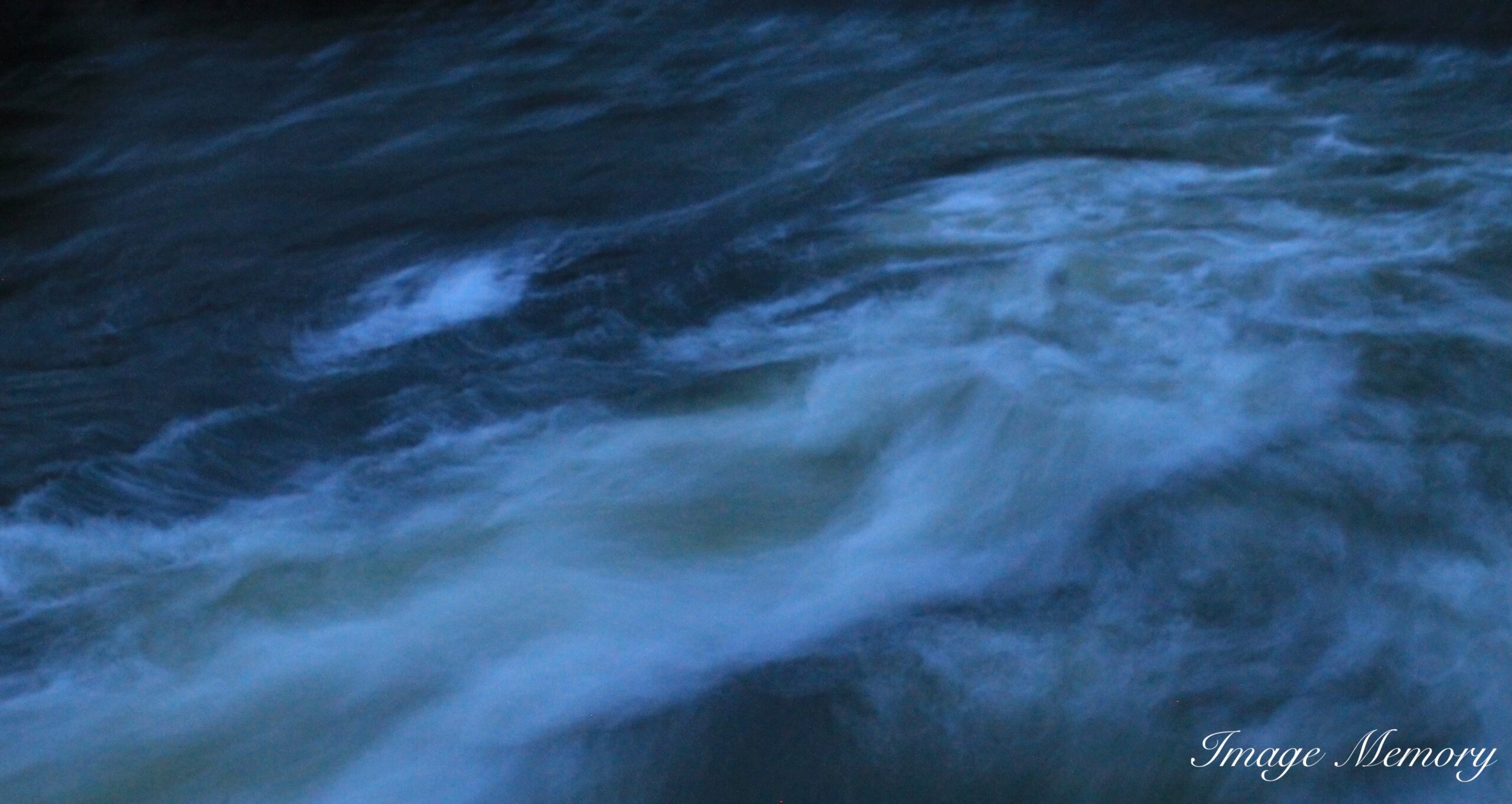BLUE
Blue light exposure can positively affect cognitive performance…
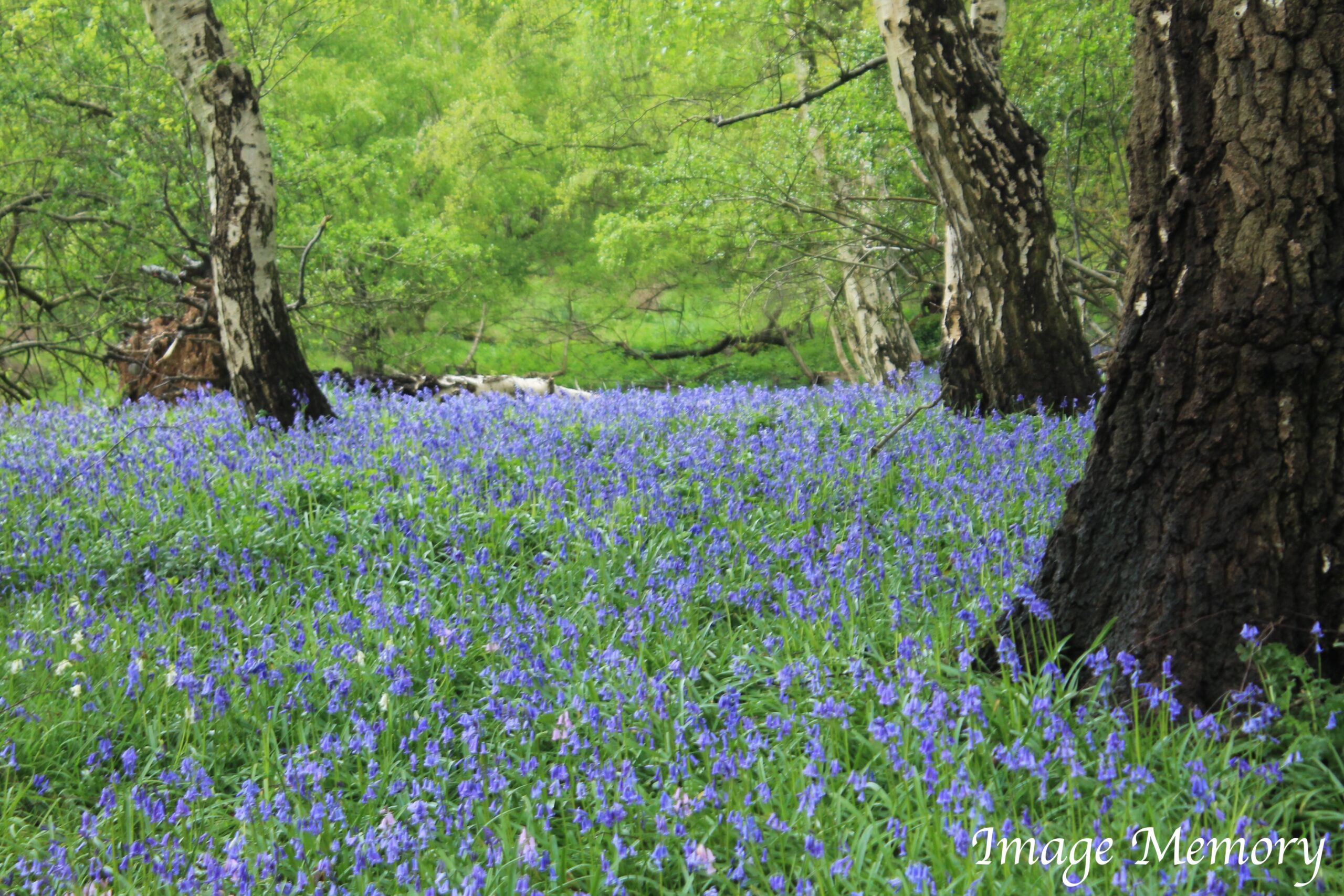
Bluebell Wood, Suffolk – Hugo Richardson
The Source of Blue
The origin of blue for use in art colouring came from the Ancient Egyptians, who created the first blue pigment as far back as 2,200BC. Sand, ground limestone and copper-containing minerals, like malachite or azurite, were heated to high temperatures for blue in art.
However, alternative thoughts believe that the richest blue on earth is called ultra-marine, which means ‘over-seas’. In Britain’s case, this means the Mediterranean Sea, literally the sea at the ‘middle of the earth’.
Ultramarine blue can be made from lapis lazuli. Lapis lazuli is normally a mixture of three minerals including lazurite (very complex blue mineral), calcite (calcium carbonate, which is white) and pyrite (an iron sulphide that is white gold in colour).
The finest lapis lazuli comes from Badakhshan. The mines, on the precipitous walls of the upper Kokeha Valley, in North Eastern Afghanistan, have been worked for more than 6,000 years.
Lapis lazuli was not just used in paint, but four and a half thousand years ago, a pair of lapis-and-gold goats were placed in the royal cemetery of Ur in Mesopotamia. It was used on the Afghan Buddhas of Bamiyan, dated to the 6th century AD.
Around three-and-a-half thousand years ago, lapis was used to adorn the golden funeral masks and jewellery of the pharaohs.
Blue in a Business Context
Blue sky thinking is the thought process of limitless creation beyond conventional thought, limitless like the blue sky. This type of thought requires a group of people that need to think outside the box in a ‘brainstorming way’. The activity should not be constrained by the limits of practicality.
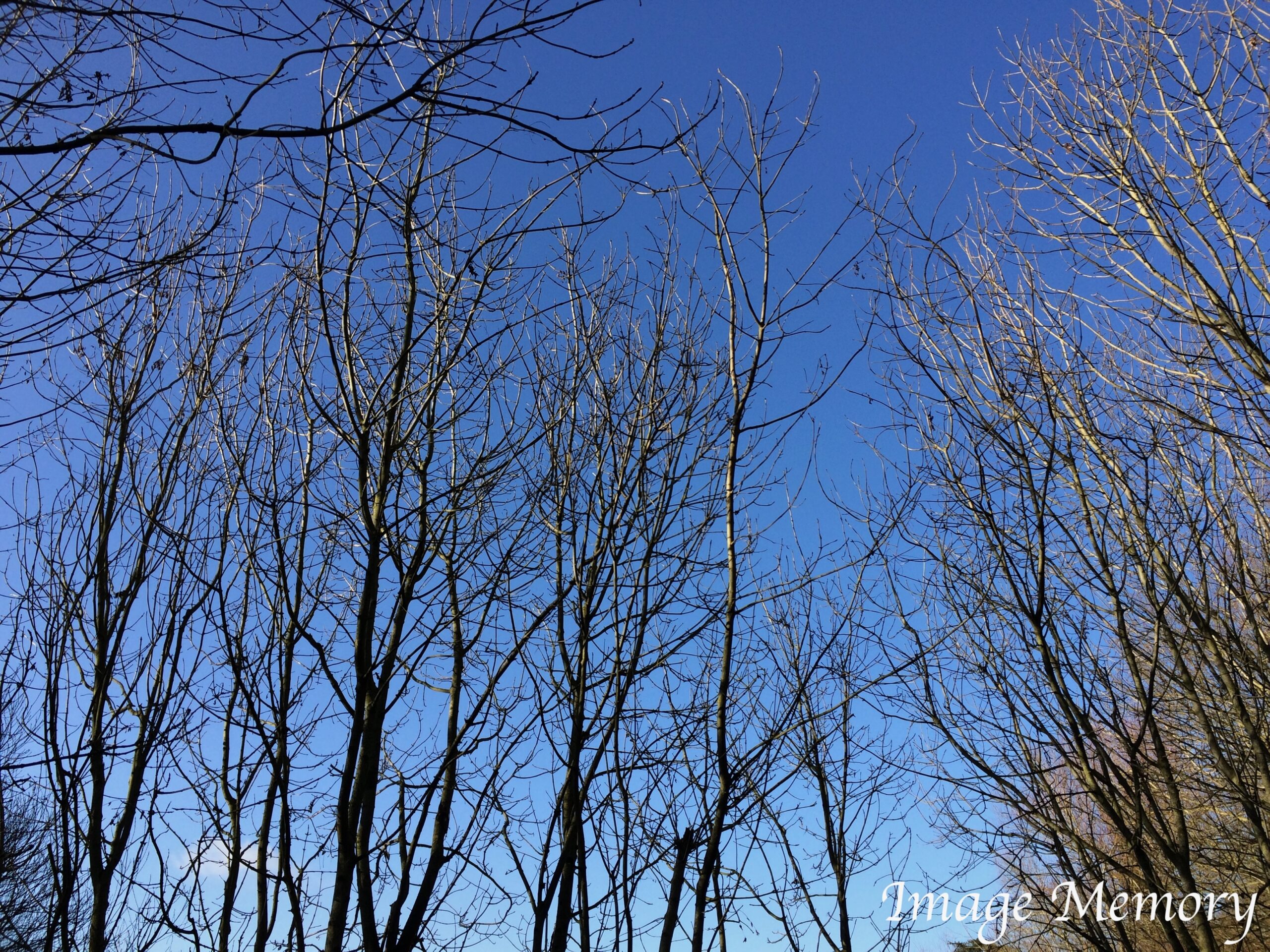
Exposure to blue light can positively affect cognitive performance, alertness and reaction time. The colour blue is often used to decorate offices, because research has shown that people are more productive in blue rooms.
Blue calls to mind feelings of calmness and serenity. It is described as peaceful and tranquil, secure and orderly.
Blue very well may improve sports that are reliant upon team work and decision-making.
Colour-chakra theory from Hindu scriptures adds: blue raises metabolism; is used to stabilise the heart, muscles and bloodstream; used to treat burns (methylene blue), skin diseases, glaucoma, measles and chicken pox and throat problems.
However, blue light, by raising metabolism, can decrease sleep quality and duration.

The River Stour, Early Saturday Morning – Hugo Richardson
Blue is calming, relaxing and healing but not as sedentary as indigo.
Jeanne Kopacz is an interior design professional and author of ‘Colour in Three Dimensional Design’. Kopacz suggests “the sight of the colour blue causes the body to release hormones when it is surveyed, particularly a strong blue sky. Many believe blue can lower blood pressure, slow the pulse rate and decrease body temperature”.
Positive Associations (source, Envato Pty. Ltd.):
Trust, Loyalty, Dependability, Logic, Serenity, Security
Negative Associations:
Coldness, Aloofness, Emotionless, Unfriendliness, Uncaring, Unappetising
NEXT WEEK, The Psychology of Colour: RED
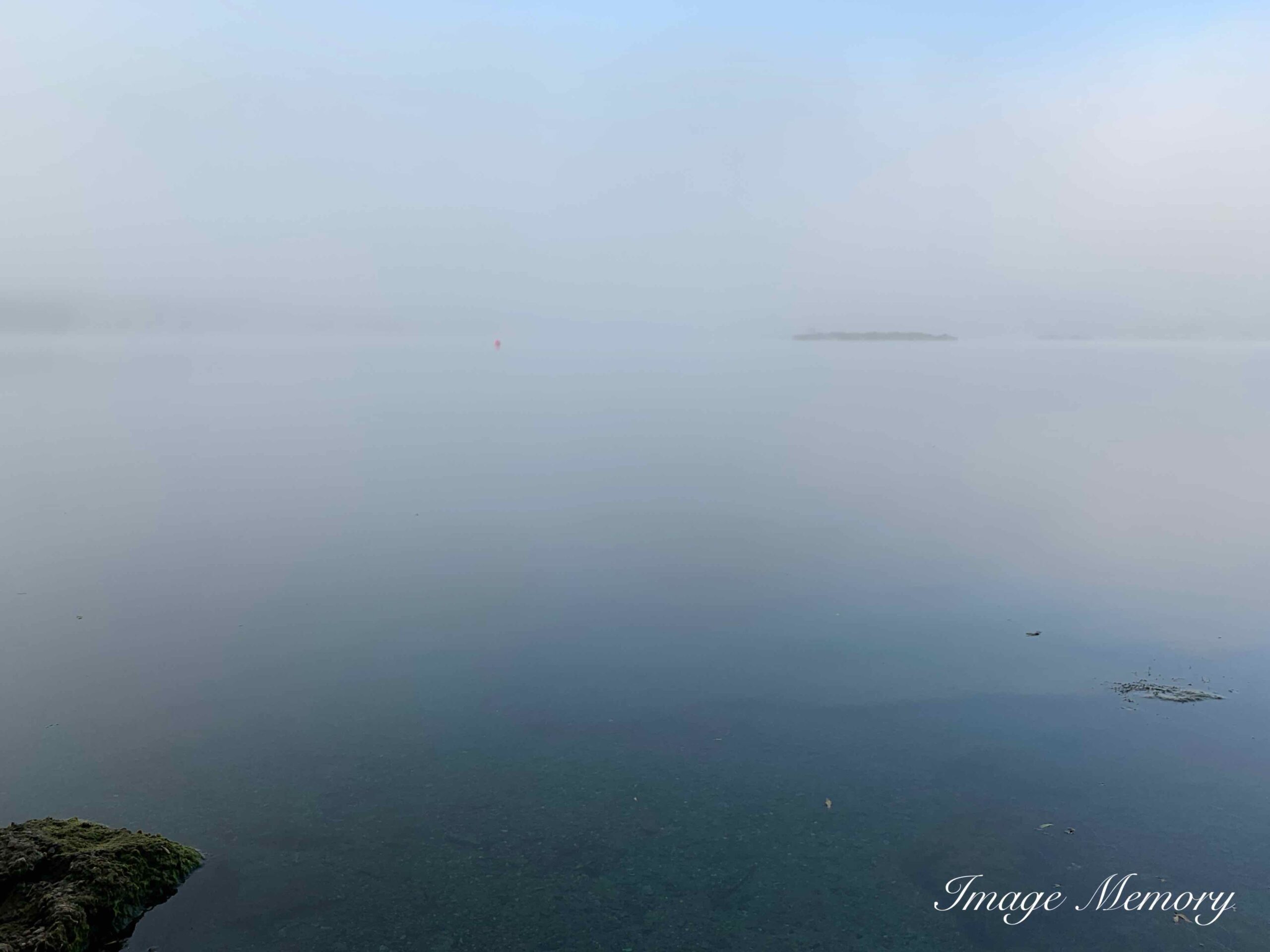
Calm Morning Mist, Image Captured During Covid – Hugo Richardson
